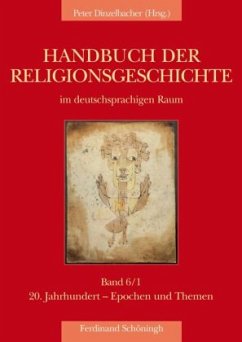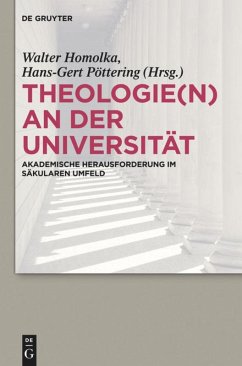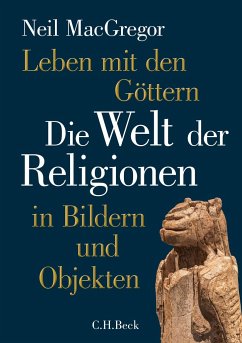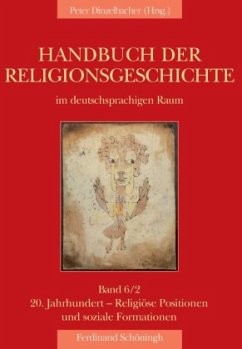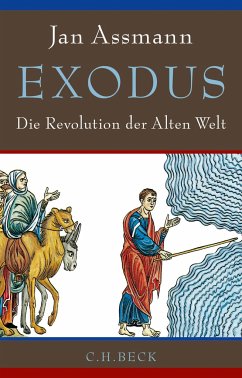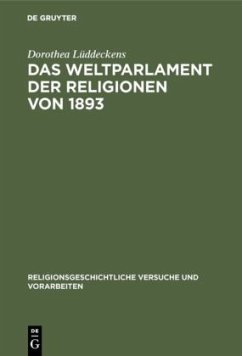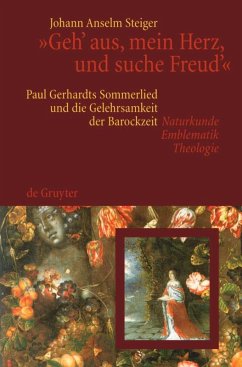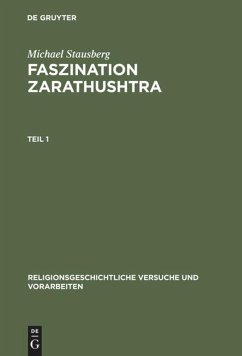
Antisemitismus, Paganismus, Völkische Religion
Versandkostenfrei!
Versandfertig in 1-2 Wochen
109,95 €
inkl. MwSt.

PAYBACK Punkte
0 °P sammeln!
Antisemitismus und Antijudaismus gehören zur gesellschaftlichen Wirklichkeit Europas seit der Antike. Die politischen, ökonomischen und sozialen Umbrüche im letzten Drittel des 19. Jahrhunderts bereiteten Weltanschauungen den Boden, die sich in starkem Maße über Feindbilder definierten. In der völkischen Bewegung verbanden sich an der Wende zum 20. Jahrhundert antisemitische mit nicht-christlichen religiösen Strömungen. In der Folge entstanden in Deutschland und Österreich Gemeinschaften und Bewegungen, die den Antisemitismus als Legitimation von so genannten "arteigenen" Religionen benutzten. Bestandteil des synkretistischen neuheidnischen Paganismus ist der Rückgriff auf antike Religionen, während "germanische" Modelle in die völkischen Religionsentwürfe eingegangen sind. Der Sammelband stellt Antisemitismus als Sozialmythos, als System von Stereotypen und als Glaubenssystem in den Rahmen von Religionswissenschaft sowie Religions- und Wissenschaftsgeschichte. Die Beiträge vermitteln Einblicke in das gesellschaftliche, kulturelle und religiöse Umfeld, in dem das "Neuheidentum" zu verorten ist, und in die ideologischen wie organisatorischen Verbindungen mit dem Antisemitismus.
Anti-Semitism and Anti-Judaism have been a part of European social reality since the classical period. Political, economic and social changes during the last third of the 19th century paved the way for the ideologies which, to a great extent, defined concepts of 'enemy'. In the 'voelkish' movement, anti-Semitic and non-Christian religious currents combined at the turn of the 20th century. As a result, communities and movements developed in Germany and Austria, using anti-Semitism to legitimise perceived 'racist characteristics' of these religions. Part of the syncretistic neo-heathen paganism is the recourse to antique religion, whilst the 'voelkish' religion scheme incorporated 'Germanic' models. The collective volume Anti-Semitism, Paganism, Voelkish Religion presents anti-Semitism as social myth, as a system of stereotypes and as a system of beliefs within the framework of religious studies and the history of religion and of science. The contributions provide insight into the social, cultural and religious context in which this 'neo-paganism' existed, and into the ideological and organizational connections with anti-Semitism.
Anti-Semitism and Anti-Judaism have been a part of European social reality since the classical period. Political, economic and social changes during the last third of the 19th century paved the way for the ideologies which, to a great extent, defined concepts of 'enemy'. In the 'voelkish' movement, anti-Semitic and non-Christian religious currents combined at the turn of the 20th century. As a result, communities and movements developed in Germany and Austria, using anti-Semitism to legitimise perceived 'racist characteristics' of these religions. Part of the syncretistic neo-heathen paganism is the recourse to antique religion, whilst the 'voelkish' religion scheme incorporated 'Germanic' models. The collective volume Anti-Semitism, Paganism, Voelkish Religion presents anti-Semitism as social myth, as a system of stereotypes and as a system of beliefs within the framework of religious studies and the history of religion and of science. The contributions provide insight into the social, cultural and religious context in which this 'neo-paganism' existed, and into the ideological and organizational connections with anti-Semitism.



